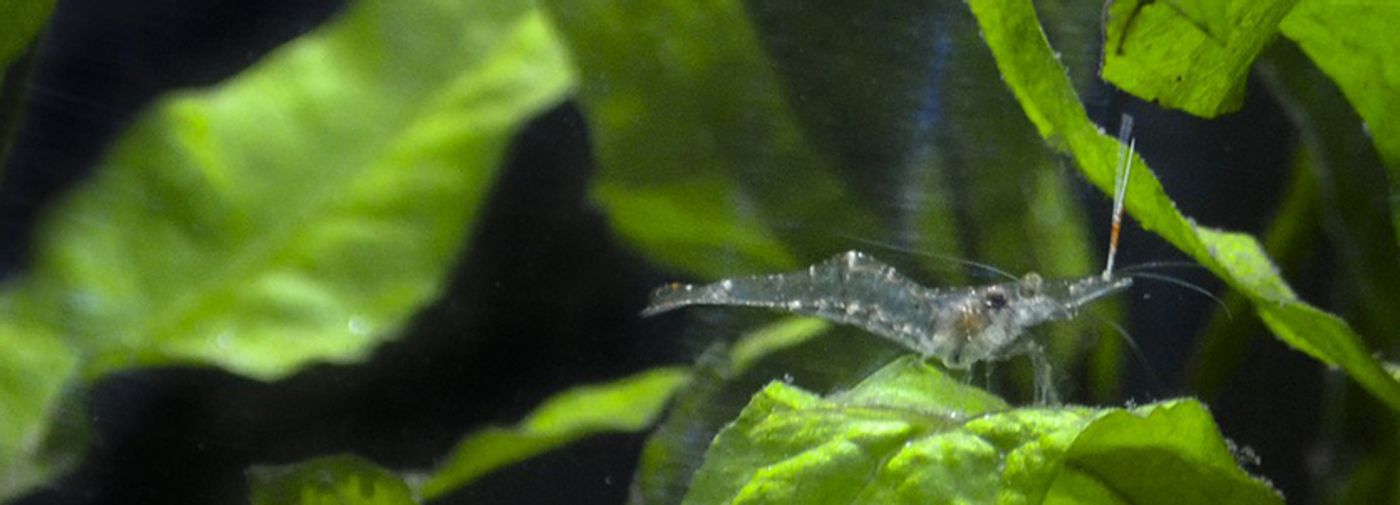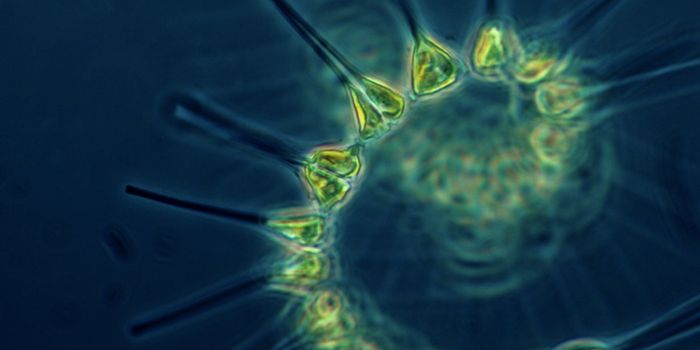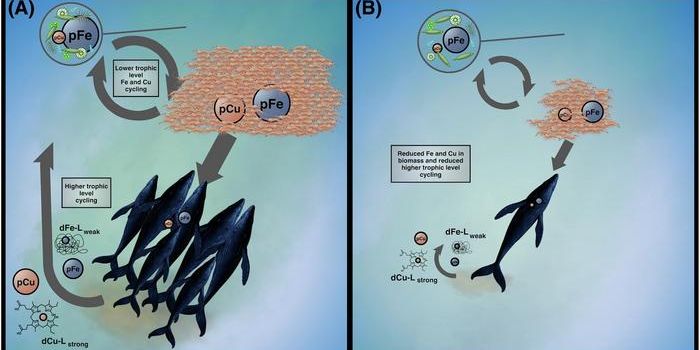Group of Migrating Gray Whales Makes a Puget Sound Pitstop
Washington’s Puget Sound is famously home to resident and transient orca pods. However, during their yearly migration, a small group of gray whales spends some time in the Sound on their way back to Arctic feeding grounds. According to the Seattle Times, new research shows why this group of gray whales—nicknamed “Sounders”—makes this pit stop on their annual journey.
The Seattle Times reports that about a dozen gray whales hang out in the northern Puget Sound from March through May. This stop is about 170 miles inland from their regular route back to the Arctic. According to the Times, scientists used drone photography and long-term data on this group to track their body condition during their time in the Sound. They found through observations that within the first three weeks of this stop, the whales clearly gained weight. They also observed that the whales were feeding on near-shore ghost shrimp, resulting in this weight gain and energy boost to aid them in the rest of their annual journey.
According to the Times, scientists knew that something vital was drawing these whales off track. After about seven months of not eating, their body condition is very thin, and the Times reports that the whales’ ribs are even visible. During this stop, the whales consume hundreds of pounds of shrimp each day to improve their body condition. John Durban, senior scientist at Southall Environmental Associates, stated, “I was shocked to see how quickly they change shape from a whale that looks emaciated to a whale that is plumping out.”
The scientists note that this journey is high-risk, and Durban states, “any boater knows to be in an intertidal area can be a very precarious thing.” According to the Time, research revealed through tracking tags that the whales synchronize their feeding times with high tide. The whales wait in deeper waters and begin scavenging in mudflats as soon as the water is deep enough. John Calambokidis from the Cascadia Research Collective stated, “sometimes they are resting on the bottom, just waiting, then feeding as these furious rates for two hours on the high tide.”
According to the Times, these 36- to 42-foot-long whales feed in only 7 to 9 feet of water. How do these massive animals make this work? Scientists report that the whales “turn on their right side and put their head down into the sediment to pulse the mud against their baleen plate, and filter out the ghost shrimp.” Additionally, the Times reports that this appears to be a learned behavior as whales new to the Sound did not engage in this feeding behavior.
Sources: The Seattle Times, Cascadia Research Collective









